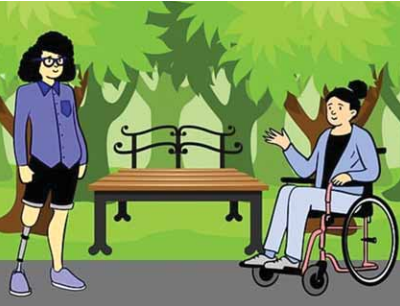
Policy Progress and Pitfalls: A Critical Review of Recent Disability and Disaster Management Policies
In recent years, the call for disability-inclusive disaster management has grown louder, pushing governments and institutions to rethink their policies. Progress has been made — new frameworks acknowledge the need for accessibility, early warning systems are becoming more inclusive, and disability rights are gaining visibility in disaster response planning. But is it enough? This article…


